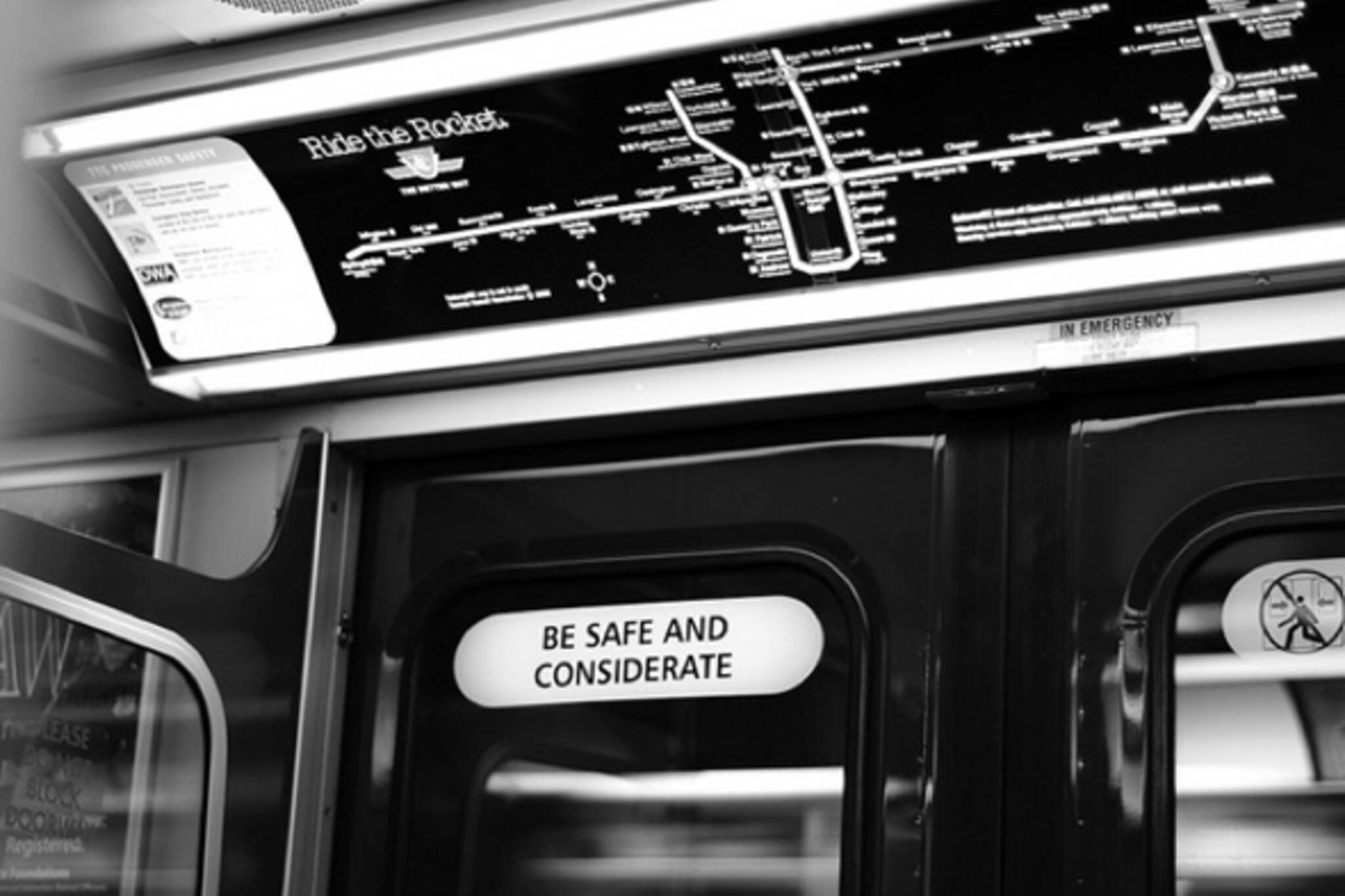
The TTC vs. Washington's Metro
This isn't exactly all that newsworthy, but given the negativity constantly foisted upon the TTC, it's intriguing to get an outsider's perspective on our system, and one that comes off as rather kind at that. Published today on the Washington Post's website is a point-by-point comparison of the TTC with the Washington Metro written by Robert Cavanaugh, who's described as a well-traveled reader. Given that the source is not, at least officially speaking, a transit expert, his observations are probably best taken with a grain of salt â especially considering he believes that ads on the TTC are "generally funny and entertaining" and that during his trip "every escalator [he] came across worked" â but at least his comments seem to have gotten ex-TTC Chair Adam Giambrone feeling good about himself.
Some highlights from his informal report:
- TTC subways have four doors compared to the Washington Metro's three, which the author thinks cuts down on crowding
- Toronto has much narrower subway platforms, but apparently ours are never as busy (not sure if a trip through Bloor/Yonge at 8:30 a.m. might not blow this theory out of the water)
- Our system maps are easier to see
- signs on the Metro's platforms provide next vehicle arrival times and delay information
- Our subway seats are less comfortable
Read the whole article here.
Photo by Brendan Lynch in the blogTO Flickr pool.
Latest Videos
Latest Videos
Join the conversation Load comments







